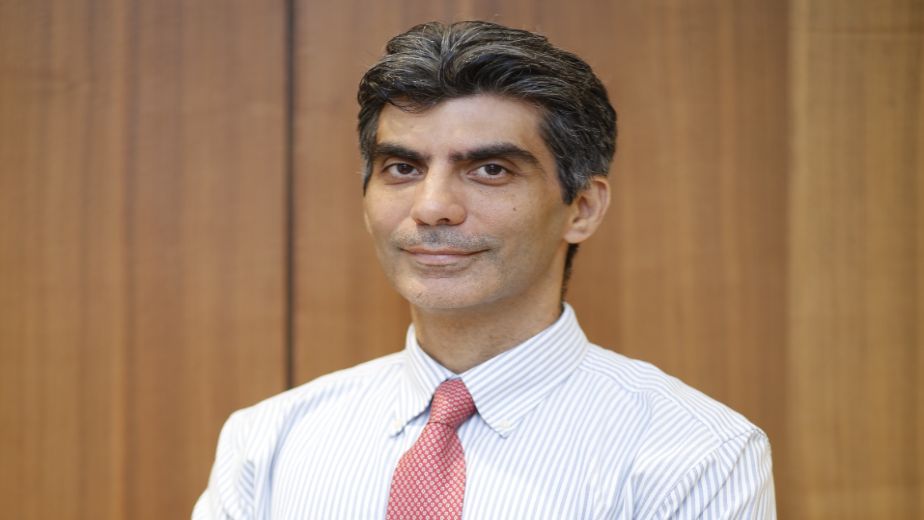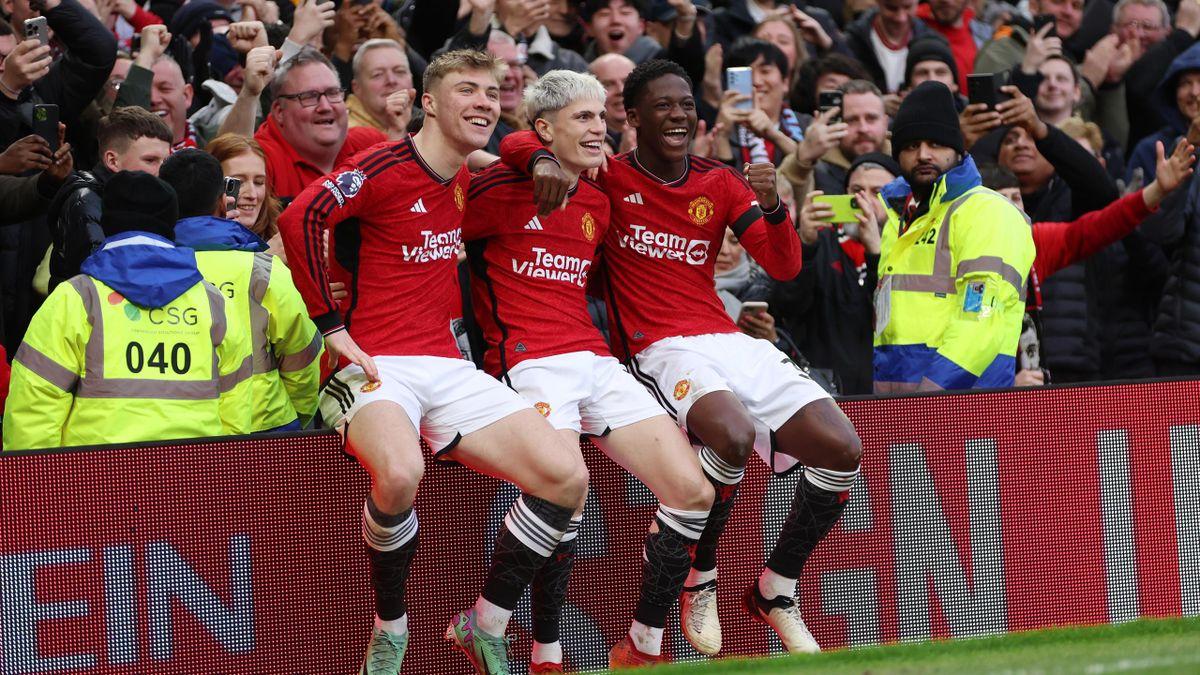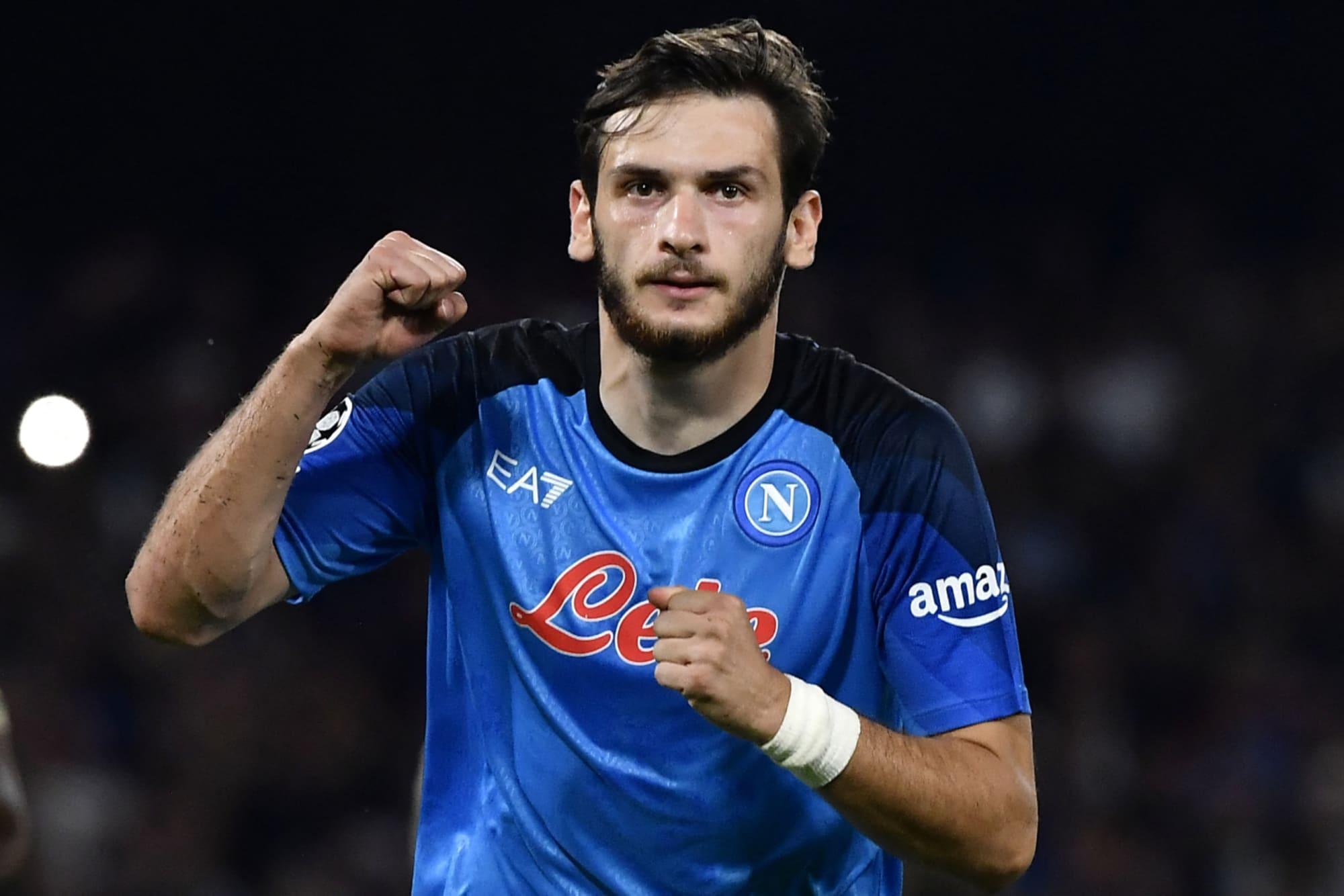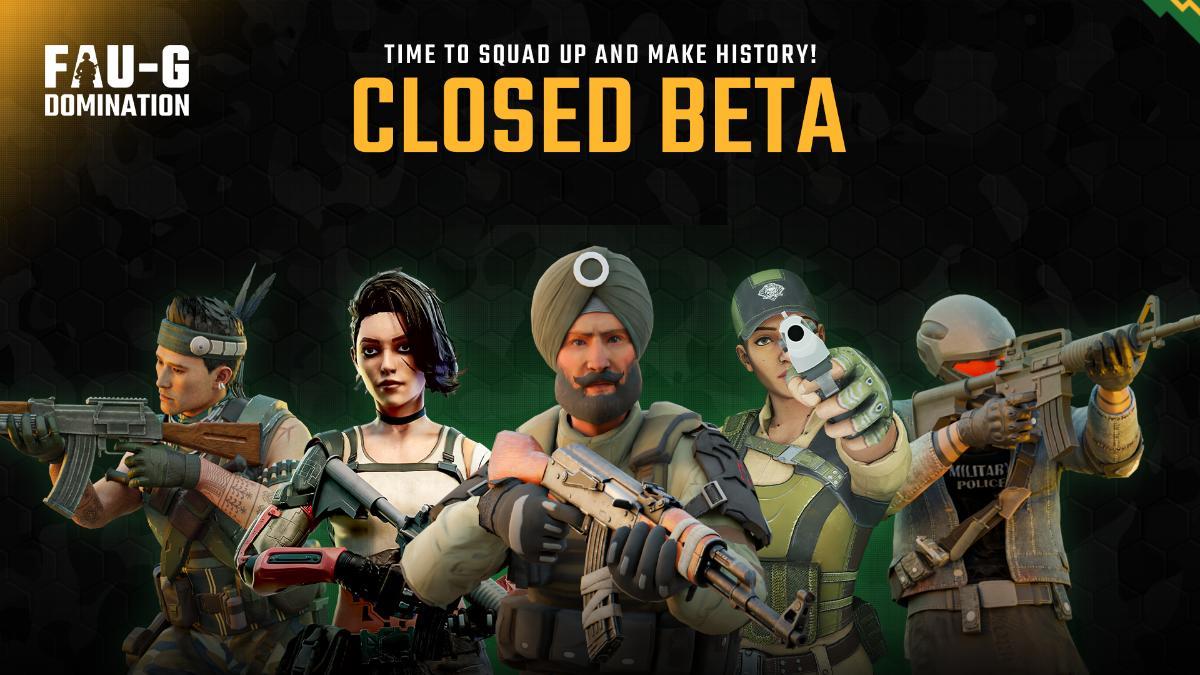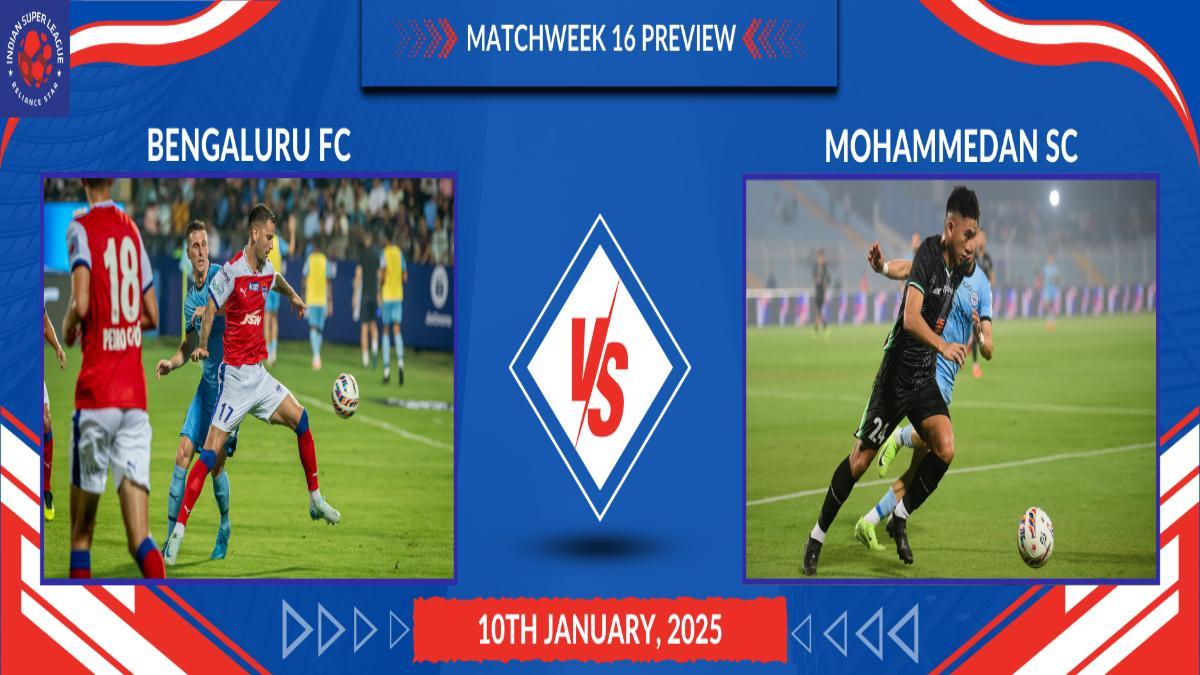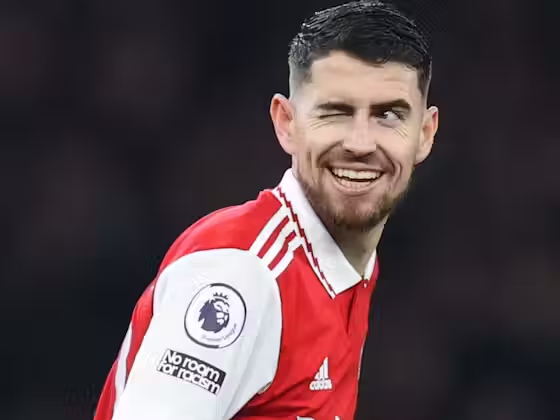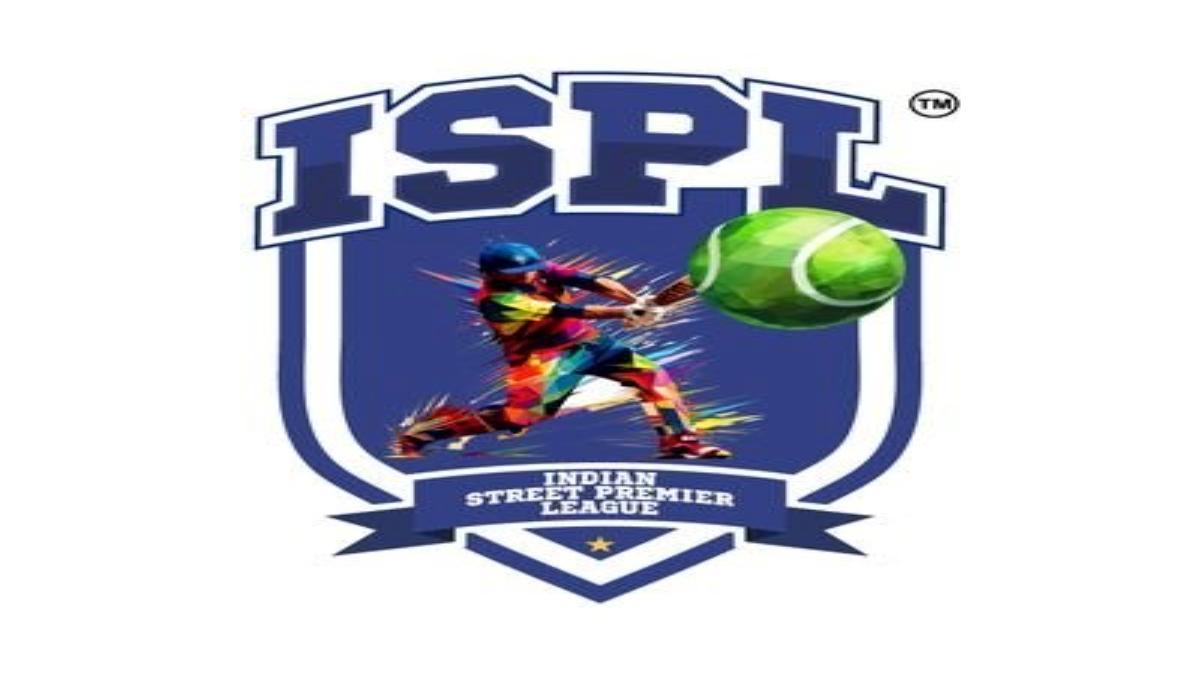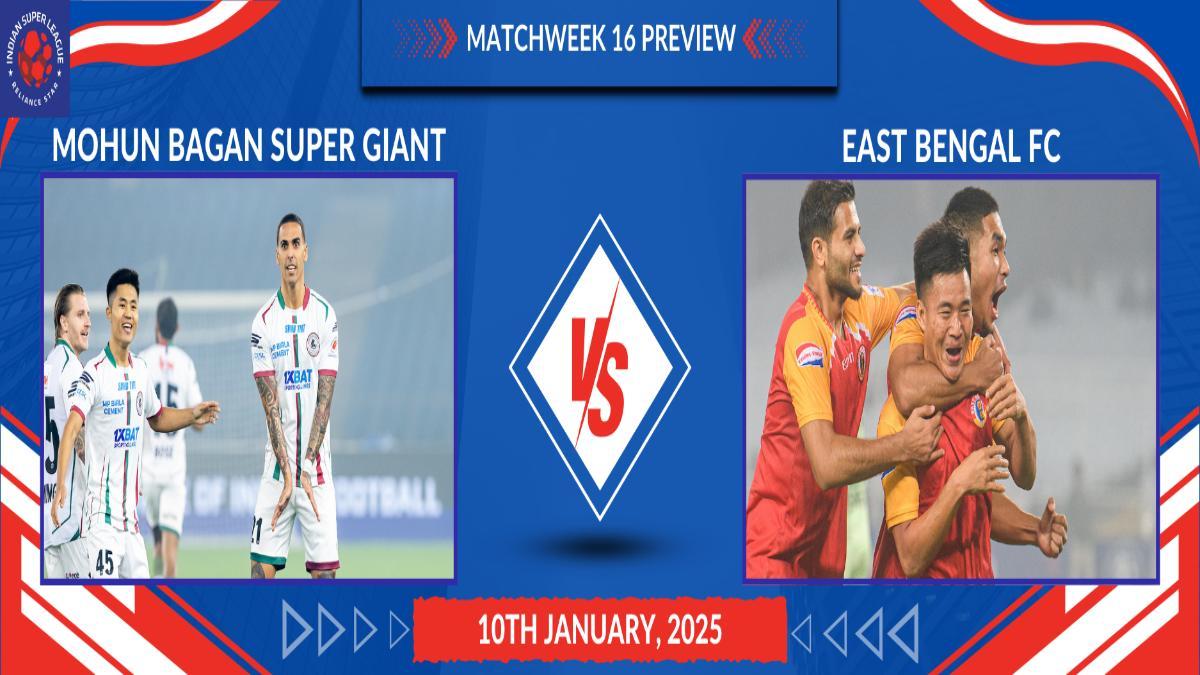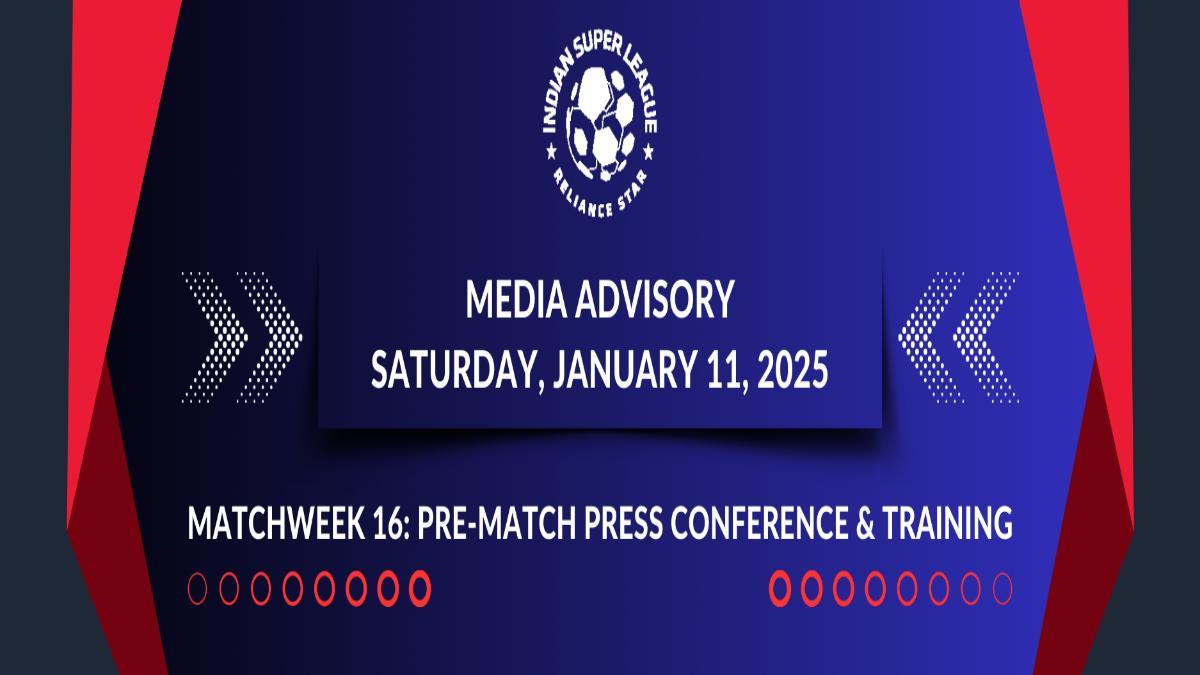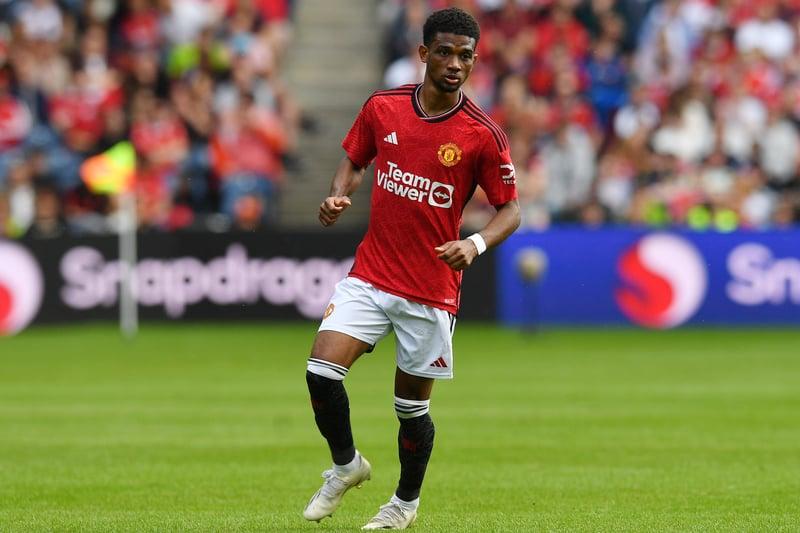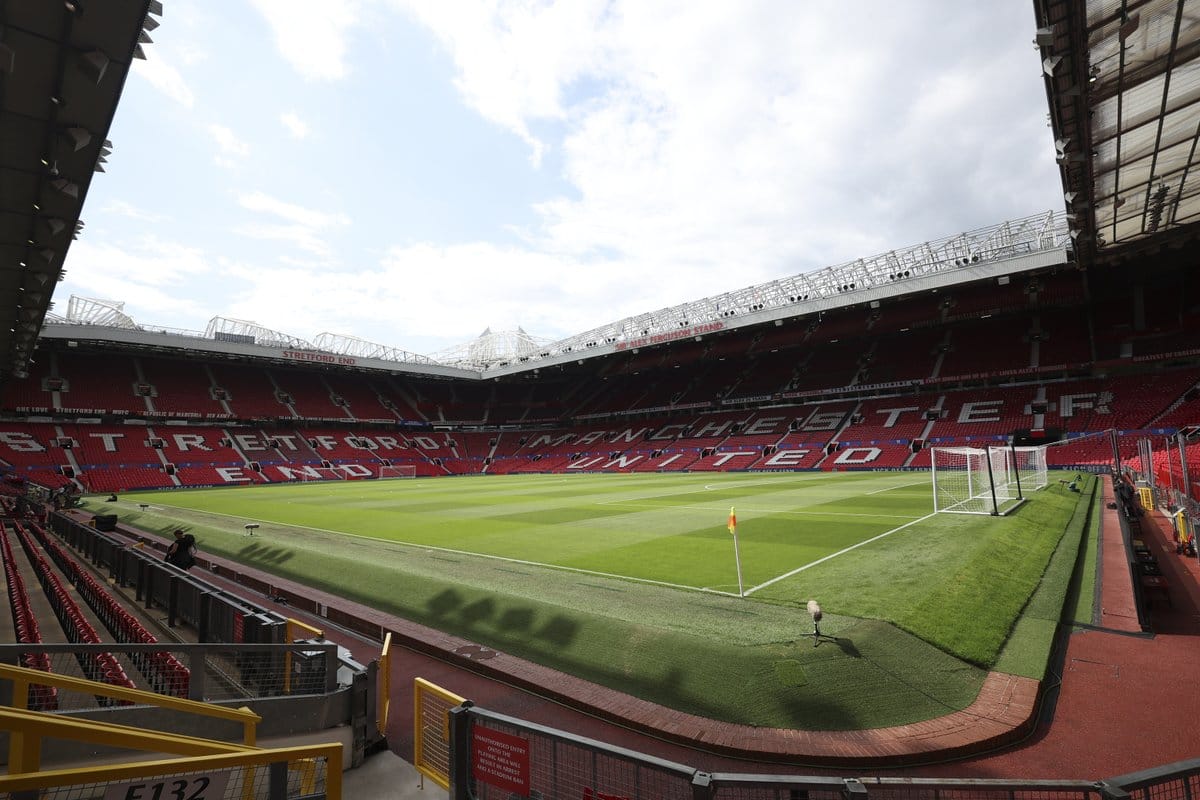Sports medicine is an integral but an often underappreciated aspect of the sporting industry, especially in India where in comparison to other aspects of the medical field, it’s still finding its own feet but is quickly growing with the rise of sporting leagues in the country. To know more about sports science and medicine, Dr. Aashish Contractor, Director: Rehabilitation and Sports Medicine at Sir H.N. Reliance Foundation Hospital spoke exclusively to SPOGO about how the industry has grown over the years, it’s accessibility across all levels of sport, the awareness of sports medicine amongst athletes, adopting practices from the western world and much more!
Q 1) Please share your view on sports medicine in India? Has sporting leagues / participation in sports, helped in bringing some much needed attention to the industry?
Firstly, it’s important to realize that when we use the word sports medicine, it actually covers a very large area of services. Traditionally, people view sports medicine as if somebody gets injured, the treatment of that injury is sports medicine. While that is definitely one aspect of sports medicine, it’s certainly not the only aspect and it’s very limiting to think of it in those terms. Sports medicine, or rather a better terminology is sports science and medicine tends to also include things like sports physiology (exercise physiology), biomechanics, nutrition, strength and conditioning, sports psychology and all of this falls under the broad umbrella of sports medicine with sports injuries being just one aspect of it.
If we look at this broad array of sports medicine, certainly there is no question that its presence is increasing in India over the last few decades and it’s getting unquestionably more and more. When defined in those terms, the sports medicine industry is growing. The presence of sporting leagues has definitely brought some much needed attention to the industry. Starting with the IPL, the emphasis on fitness, strength and conditioning, nutrition, psychology has definitely increased. Obviously, the IPL is the major league in the country but as the other leagues are coming up they are also helping in spreading the movement.
Q2) How has the sports medicine industry grown over the years and how do you envision it to evolve in the future?
Sports injury physiotherapy has been around there for a long time and has been constantly evolving as it is getting more sophisticated. The other services have home grown professionals and even today a large majority are those who have worked and returned from Western countries, but now more courses are offered in India as there is rapid interest growing in the local market.
Q 3) According to you, what is the reason athletes travel abroad for treatment, is it because we lack the infrastructure or we do not have adequate experienced doctors to cater to the sports medicine segment? Is anything being done to rectify the issues?
From what I see, athletes are usually travelling abroad for surgeries. There are surgeons who specialise in certain surgeries and the volume of sports speciality surgery is higher in the west. Surgery is done specially for sports, but today there are skilled surgeons across India and the need for athletes to travel abroad for surgeries has lessened. In terms of sports, the number of orthopedic doctors have increased a lot over the past decade.
Q 4) What must be done to ensure sports medicine is accessible to athletes across all levels, especially the grassroots?
Wherever the government and it's authorities are involved, they at the very least need to have a good sports physio with emphasis being on the term 'very least'. It's been a bit of a chicken and egg situation in the past where there have been individuals who haven't been trained properly and because of that the services weren't utilised. Other side of it is where because the services weren't asked for, people didn't get trained. I think all of that is changing, as more trained people are available, services will be more accessible and the cost factor will also drop.
Q 5) Do you think there is enough knowledge and information amongst the athletes, about the need of sports medicine, as this is a critical component of any athletes’ performance lifecycle?
It's a bit of a mixed bag in my opinion. Today most athletes certainly recognise the benefits and requirement of having a physio as a part of their team. In the other aspects of sports medicine it is certainly growing. It could've been more but it is growing.
Q 6) Currently, Italy is said to have the best public pre-medical screenings with athletes needing to obtain periodical certification of eligibility to compete in sports. Do you think a similar practice needs to be widely adopted in India across sports?
The Italy screening is always been an area of debate in the sports medicine world, there is an European camp which tends to believe in screening and using in ECG’s, whereas Italy is unique because they use ECG’s for everyone from high school formal teams and upwards, the thing is that it is not the same in certain parts of Europe and completely different in America. There has been a controversy that doing this will save lives or in the long run it is not safe and may cut so many careers short. The thing that happens is that when you see the abnormalities on the ECG, you then tend to do further testing and there are some other abnormalities you can live with or some of them you have to get treated. I think today on a country wide level we need good screening programs and protocols, it is not necessary we follow the Italian method of screening, we can follow an Indian model as well.
Q 7) Recently, footballer Christian Eriksen suffered a cardiac arrest during a Euros group stage match and was resuscitated by a defibrillator. Do sporting events in India also ensure such medical equipment is accessible in case of emergencies and if not, why?
The awareness is certainly increasing and as far as I know the major events have medical equipment that include ambulances and defibrillators, in the smaller events it is non-existent but the main goal is to raise awareness and personally I’m trying to get medical equipment in the well known clubs at least. To answer your question, yes, the awareness is increasing but a lot of improvement is required.


